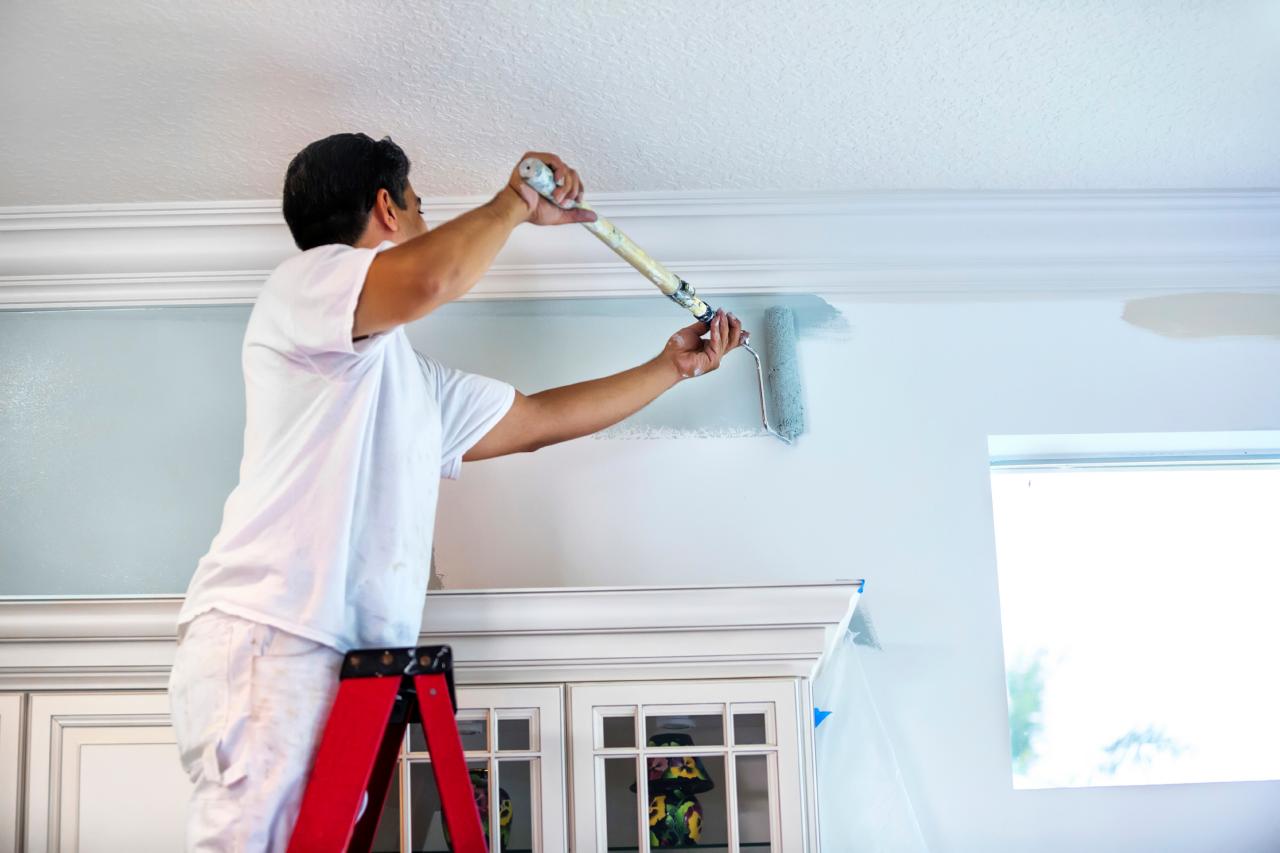Common Painting Mistakes that Every DIY Painter Should Avoid

Contents
Common Painting Mistakes
Painting isn’t as easy as it looks. If you want to do a great job, learning all there is to it is necessary. You may have already learned the hard way to avoid these painting mistakes, but this post might help you pick a thing or two tips to prevent mistakes on your next painting project.

1.Not Using Paint That’s Ideal For Your Wall
When you’re painting, don’t just use any paint. The wrong type can leave unpleasant marks on your walls. They might peel off or damage your wall. Instead, find out the right paint for your wall. If you have to, seek an expert’s opinion or opt for professional services.
2. Not Preparing for the Painting Project
If you want a great, take your time and plan for it. New Castle painting BC gathers their tools and do all that’s necessary before painting. You should do it too. Scraping off all cracks and peels and applying painter’s tape are some neat ways to prepare.
3. Not Using Primer
For easier painting, use primer before applying paint on the surface. It gives it a smooth finish and hides any cracks on it. The good news is, it works on almost every surface. Use it exclusively when painting surfaces like glossy paint and plaster. If you’re repainting a surface, mixing primer with paint is great.
4. Dipping The Paintbrush Too Deep Into Your Paint
It’s okay to think that this will get you plenty of paint to cover a greater wall surface without having to dip your brush for more. Here’s the bad news: cleaning the brush is difficult when the paint covers bristles. This is a total waste on the paint. Ideally, the bristles should touch the paint.
5. Using Old Brushes and Roller Covers With New Paint
Sure, we all want to save money. But using an old paintbrush to paint surfaces shouldn’t be an option, especially when the paint is new. New brushes are not only easier to use, but they save on paint and provide excellent results too. You want a well-painted surface, so go an extra mile and buy new painting equipment to paint with.
6. Painting Glossy Surfaces Without Sanding Them First
This is one of the most common mistakes people make. The result is a painted surface with markings on it. Before painting such surfaces, scrub them with sandpaper. This allows the paint to stick to the surface. Be sure to rinse the surface when you’re done.
7. Painting Without a Plan
Have a starting point and finishing point from the time you start to the time you finish. Painting for the fun of it drains your energy and paint. It’s recommended to begin from the top, close to the ceiling, and paint towards the bottom. This allows you to correct any mistakes you make as you paint.

In summary, you should:
- Prepare for painting projects.
- Use new equipment to paint surfaces.
- Scrub shiny surfaces with sandpaper before painting them.
- Not dip the paintbrush too deep into the paint.
- Paint in a systematic way.
- Use primer.
- Use the right paint for quality results.





